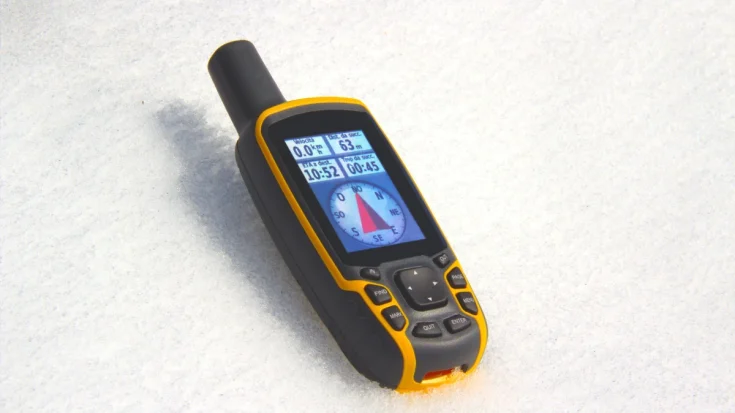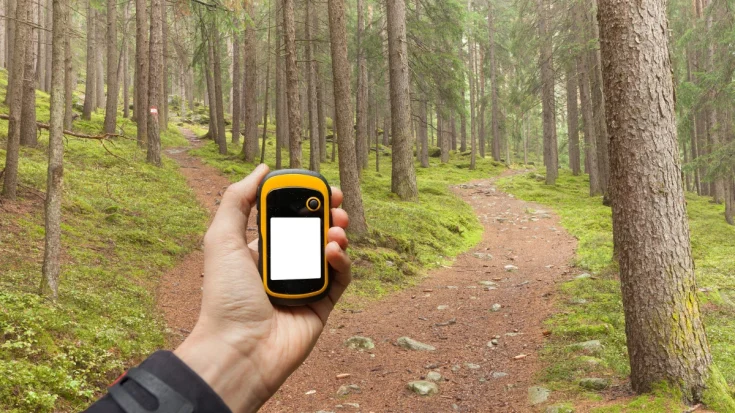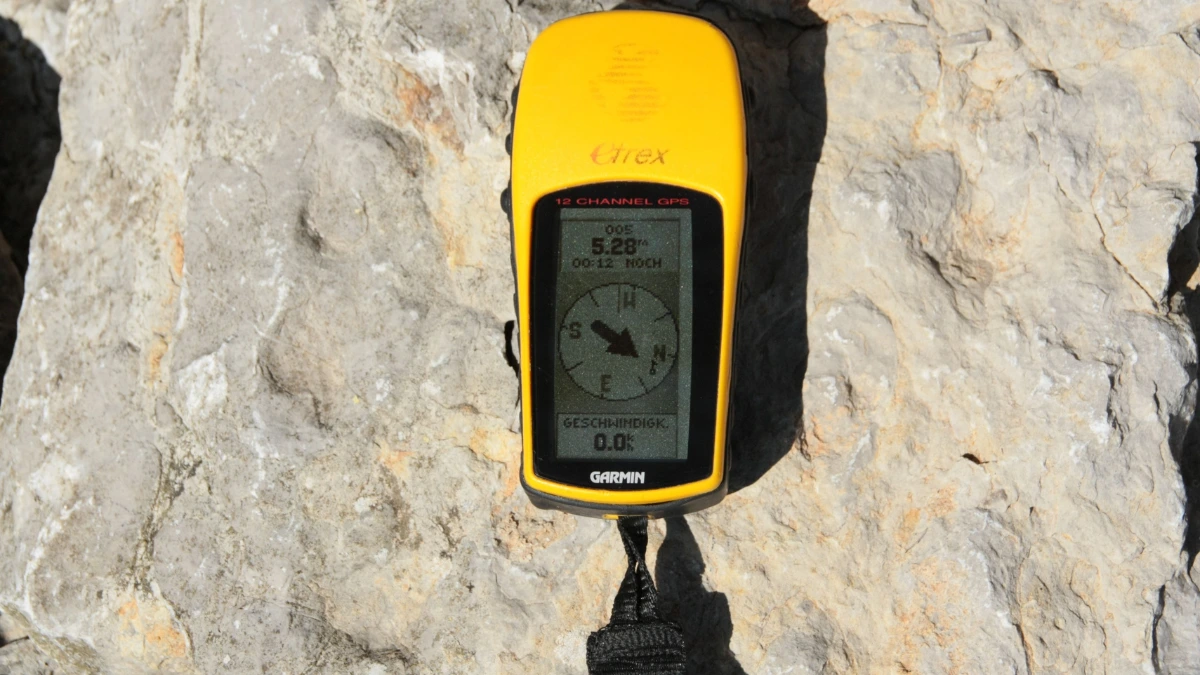Handheld GPS (Global Positioning System) is an important device for people who do a lot of outdoor activities such as mountain climbers, forest explorers, and surveyors.
Its ability to provide navigation without having to be connected to the internet or cellular network is an advantage of handheld GPS.
If you are not familiar with this tool, you should read this article until the end, because you will get information about handheld GPS from the definition, function, features, to the regulation of its use in Indonesia.
Also Read
Table of Contents
What is a Handheld GPS?
Handheld GPS (Global Positioning System) is a handheld navigation device designed for portable use. It does not require an internet or cellular signal to operate. Handled GPS works by receiving signals from satellites to determine the user’s position in real-time.
With its ability to function independently even in areas with no network, this device is useful for mountain climbers, forest explorers, sailors, and even SAR (Search and Rescue) teams.
The Functions of Handheld GPS

Handheld GPS (Global Positioning System) has many functions, especially in providing accurate navigation in areas without internet or cellular networks. Here are some of the functions of handheld GPS:
- Navigation without cellular signal: This does not require internet or cellular signal as it works by capturing satellite signals.
- Real-time location determination with high accuracy: By capturing signals from satellites in calculating the location. It has an accuracy that is generally in the range of 3-10 meters.
- Save and mark locations (waypoints): With this tool, you can mark specific locations, such as the starting point of a hike, intersections, rest stops, or other important locations.
- Recording track logs: This device can record the path traveled for evaluation or to share the route with others.
- Building and following a path (routing): You can create a point-to-point path so that the device will automatically guide you to the planned route.
- Increased security: This tool will certainly increase your safety when doing outdoor activities.
- Supports professional activities in the field: Of course, this tool is very useful for workers who need to observe difficult spots.
The Features of Handheld GPS

Handheld GPS (Global Positioning System) has many features in supporting navigation in areas without cellular networks. Here are some of the main features of a handheld GPS:
- Digital compass: To accurately determine cardinal directions
- Biometric altimeter: To measure altitude from sea level
- Topographic map: To display the elevation contours of the terrain
- Track log: To record the path taken
- Waypoints: To mark important points that can be saved
- Interactive SOS: For sending emergency signals
Handheld GPS Regulation in Indonesia

The handheld GPS (Global Positioning System) uses communication technologies such as Bluetooth, ANT+, and WiFi that operate within a specific frequency spectrum. In Indonesia, any Bluetooth, ANT+, and WiFi-based wireless device is required to have DJID (Directorate General of Digital Infrastructure) under the Ministry of Communication and Digital (KOMDIGI).
Handheld GPS regulation is based on KEPMEN No. 260 Tahun 2024 for Bluetooth and ANT+, and KEPMEN No. 12 Tahun 2025 for WiFi, which requires all radio frequency-based devices, including handheld GPS, to meet specific technical standards before being sold in the country.
The DJID certification ensures that the product meets government safety and quality regulations and does not interfere with other communication devices. The certification process involves technical testing, such as frequency adjustments, safety checks, and compatibility with the surrounding environment.
Once the tests are completed, products that pass are listed in a Test Result Report, which confirms that the product is safe and ready for sale in Indonesia. This report reassures customers that the product meets technical standards and is secure.
For companies wanting to sell a handheld GPS in Indonesia, Type Approval Certification Services for ICT Products are available to assist with this process. This service includes preparing technical and legal documents, conducting required testing, ensuring compliance with regulations, helping companies streamline the certification process, and giving consumers confidence in certified products.












